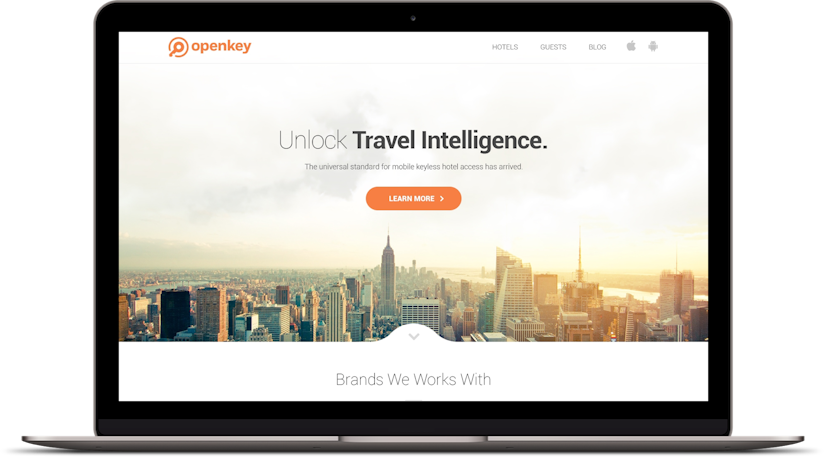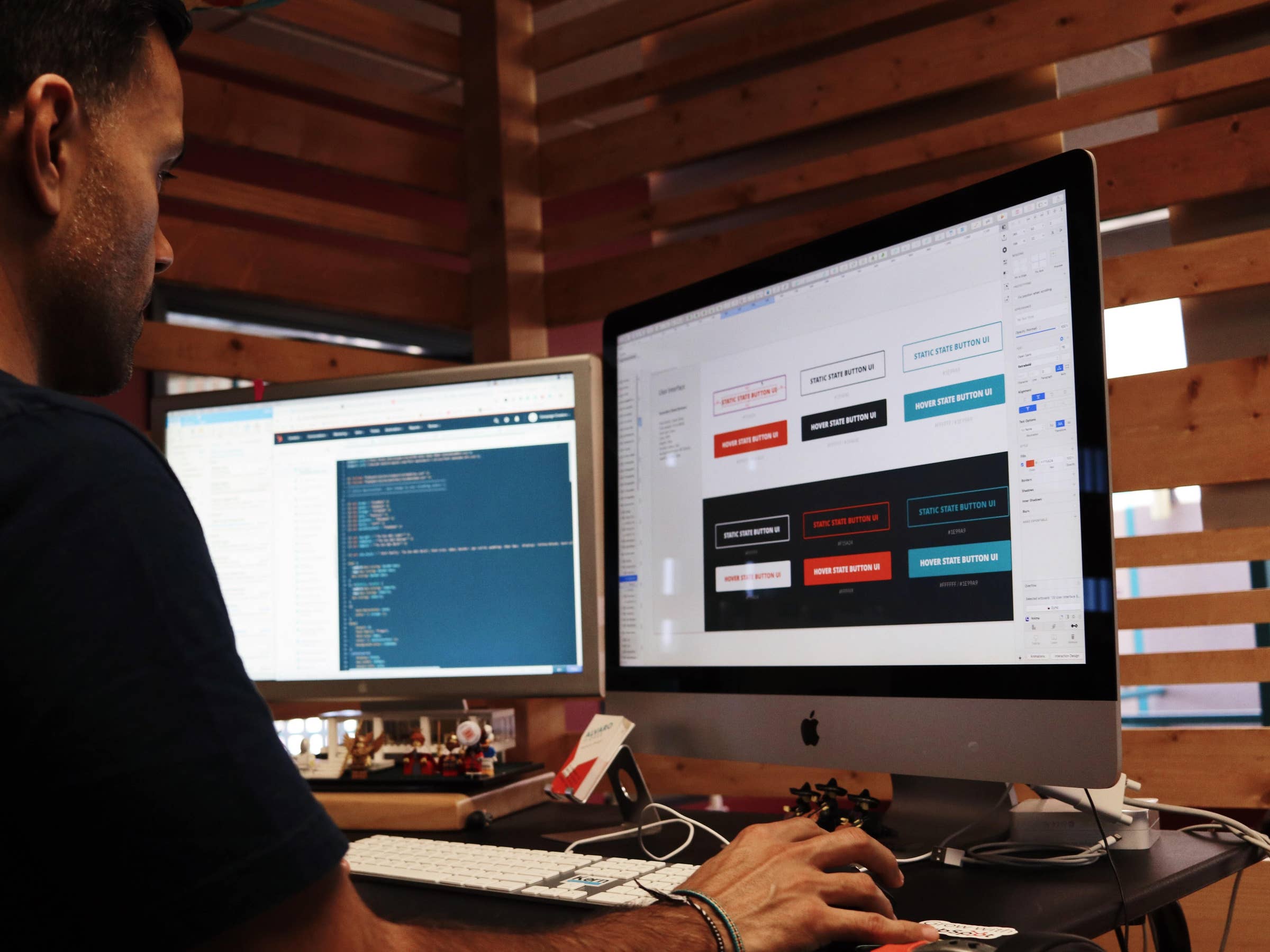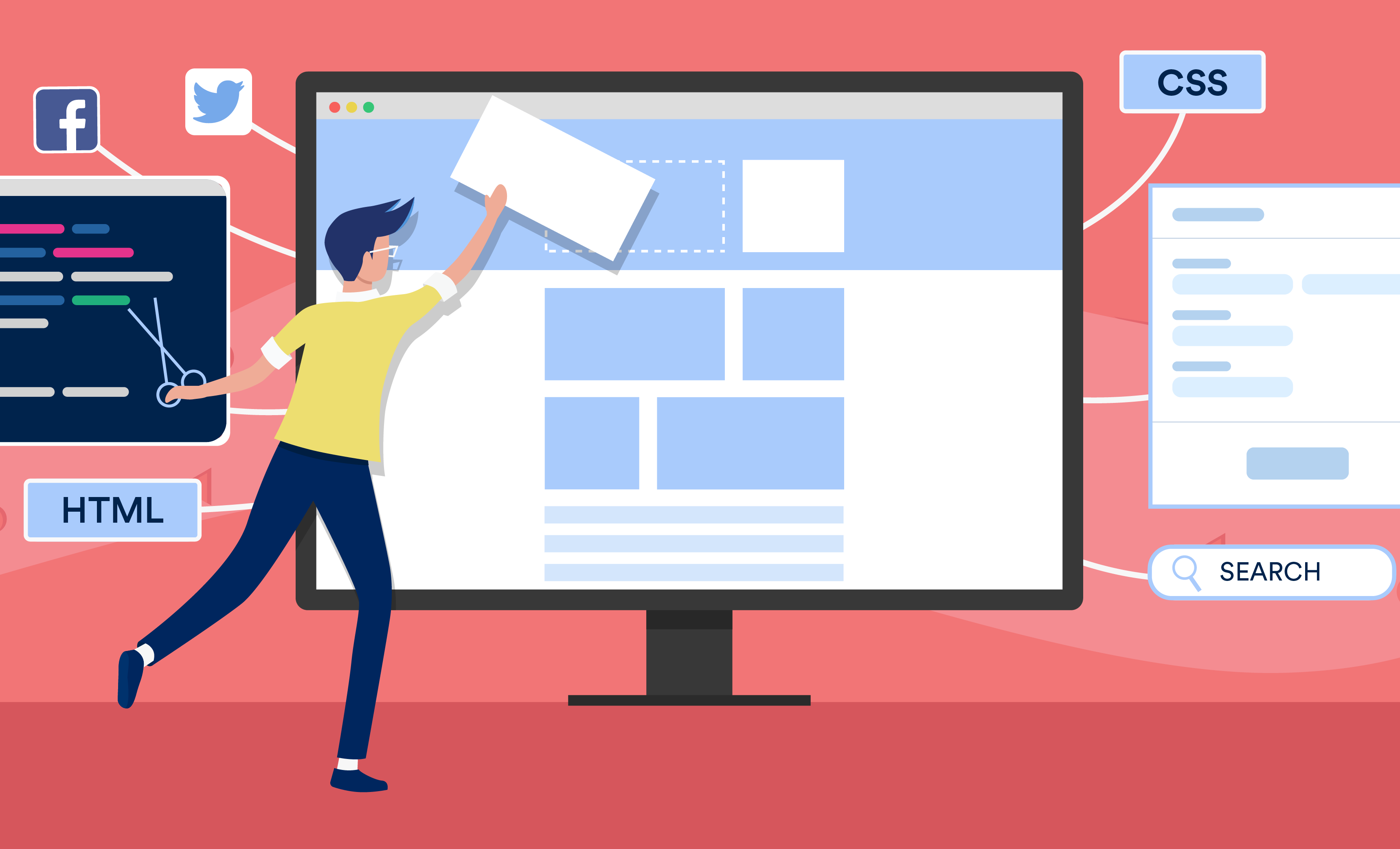All Categories
Featured
Table of Contents
- – Learn Responsive Design - Web.dev Tips and Tri...
- – Responsive Web Design Certification - Freecod...
- – Web Design - Linkedin Learning, Formerly Lynd...
- – Web Design Scholarship - Nyc Digital Marketin...
- – Responsive Design Best Practices - Google Sea...
- – Web Designer News - The Best Curated News For...
- – What Is Web Design (And How Do I Get It Righ...
- – Chavez Web Design: Web Design San Diego - Ba...
- – What Is Web Design (And How Do I Get It Righ...
- – Wicky Design: Philadelphia Web Design Tips a...
- – Web Design Services - Verizon Small Business...
Learn Responsive Design - Web.dev Tips and Tricks:
Quick summary Usability and the energy, not the visual style, figure out the success or failure of a website. Since the visitor of the page is the only person who clicks the mouse and for that reason chooses whatever, user-centric style has established as a basic technique for effective and profit-oriented web design - web design frederick md.
and the utility, not the visual style, determine the success or failure of a site. Given that the visitor of the page is the only person who clicks the mouse and for that reason chooses everything, user-centric design has ended up being a basic method for successful and profit-oriented web style. After all, if users can't utilize a function, it may too not exist.
g. where the search box must be positioned) as it has currently been done in a variety of short articles; instead we concentrate on the approaches which, utilized properly, can result in more advanced style decisions and streamline the procedure of viewing presented details. Please see that you might be thinking about the usability-related short articles we have actually released prior to: Concepts Of Great Website Design And Effective Website Design Guidelines, In order to use the concepts properly we first need to comprehend how users engage with sites, how they believe and what are the basic patterns of users' habits.
Responsive Web Design Certification - Freecodecamp.org Tips and Tricks:
Visitors glance at each brand-new page, scan a few of the text, and click the very first link that captures their interest or slightly looks like the important things they're trying to find. In reality, there are large parts of the page they do not even look at. Many users search for something fascinating (or useful) and clickable; as quickly as some promising prospects are discovered, users click.
If a page offers users with high-quality content, they want to compromise the content with advertisements and the style of the website. This is the reason not-that-well-designed websites with high-quality material gain a lot of traffic over years. Content is more crucial than the design which supports it.

Users don't read, they scan. Notification how "hot" areas abrupt in the middle of sentences. This is common for the scanning procedure. Very simple principle: If a site isn't able to satisfy users' expectations, then designer stopped working to get his job done appropriately and the company loses cash. The greater is the cognitive load and the less instinctive is the navigation, the more willing are users to leave the site and search for alternatives.
Web Design - Linkedin Learning, Formerly Lynda.com Tips and Tricks:
Neither do they scan web page in a linear fashion, going sequentially from one site section to another one. Rather users satisfice; they choose the first sensible alternative. As quickly as they discover a link that seems like it may cause the objective, there is a very good opportunity that it will be immediately clicked.
It doesn't matter to us if we understand how things work, as long as we can utilize them. If your audience is going to imitate you're designing billboard, then style excellent signboards." Users desire to be able to control their web browser and depend on the consistent information presentation throughout the site.
If the navigation and website architecture aren't instinctive, the variety of enigma grows and makes it harder for users to comprehend how the system works and how to obtain from point A to point B. A clear structure, moderate visual clues and easily recognizable links can assist users to discover their path to their objective.
Web Design Scholarship - Nyc Digital Marketing Agency Tips and Tricks:

claims to be "beyond channels, beyond items, beyond circulation". What does it suggest? Given that users tend to check out sites according to the "F"-pattern, these three statements would be the first aspects users will see on the page once it is loaded. Although the style itself is basic and user-friendly, to comprehend what the page has to do with the user requires to search for the answer.
Once you've accomplished this, you can interact why the system is helpful and how users can benefit from it. Do Not Squander Users' Persistence, In every project when you are going to offer your visitors some service or tool, attempt to keep your user requirements very little.
First-time visitors are willing to, not filling long web kinds for an account they might never use in the future. Let users explore the site and discover your services without requiring them into sharing private information. It's not reasonable to force users to get in an email address to test the function.
Responsive Design Best Practices - Google Search Central Tips and Tricks:
And that's what you desire your users to feel on your web site. The registration can be done in less than 30 seconds as the form has horizontal orientation, the user does not even require to scroll the page.
A user registration alone suffices of an obstacle to user navigation to reduce incoming traffic. 3. Manage To Focus Users' Attention, As sites offer both fixed and vibrant content, some elements of the interface attract attention more than others do. Certainly, images are more captivating than the text simply as the sentences marked as bold are more attractive than plain text.
Focusing users' attention to particular locations of the website with a moderate use of visual aspects can assist your visitors to get from point A to point B without thinking about how it in fact is expected to be done. The less enigma visitors have, the they have and the more trust they can establish towards the company the website represents.
Web Designer News - The Best Curated News For Designers Tips and Tricks:
Aim For Function Exposure, Modern web styles are normally slammed due to their approach of assisting users with aesthetically appealing 1-2-3-done-steps, large buttons with visual impacts etc. From the design perspective these elements in fact aren't a bad thing.
The site has 9 primary navigation alternatives which show up at the first glance. The option of colors may be too light, though. is a basic principle of successful interface design. It doesn't really matter how this is achieved. What matters is that the material is well-understood and visitors feel comfy with the way they engage with the system.
Instead a price: just what visitors are looking for. An optimal solution for efficient writing is touse brief and succinct expressions (come to the point as quickly as possible), usage scannable design (classify the material, use several heading levels, use visual aspects and bulleted lists which break the circulation of uniform text blocks), use plain and objective language (a promotion does not need to sound like ad; offer your users some affordable and objective reason why they ought to utilize your service or stay on your site)6.
What Is Web Design (And How Do I Get It Right)? - 99designs Tips and Tricks:
Users are rarely on a site to delight in the design; in addition, most of the times they are trying to find the info in spite of the design - web design frederick md. Make every effort for simpleness rather of complexity. From the visitors' point of view, the very best website style is a pure text, without any ads or further material obstructs matching exactly the inquiry visitors used or the content they have actually been looking for.
Finch clearly provides the info about the site and provides visitors a choice of alternatives without overcrowding them with unnecessary material. Not just does it help to for the visitors, however it makes it possible to view the details provided on the screen.
Complex structures are harder to check out, scan, analyze and deal with. If you have the choice between separating two design segments by a visible line or by some whitespace, it's usually better to utilize the whitespace option. (Simon's Law): the better you handle to provide users with a sense of visual hierarchy, the easier your content will be to perceive.
Chavez Web Design: Web Design San Diego - Bakersfield ... Tips and Tricks:
The same conventions and guidelines ought to be applied to all elements.: do the most with the least quantity of hints and visual components. Clarity: all parts need to be created so their meaning is not uncertain.
Conventions Are Our Friends, Traditional style of website aspects does not result in a boring web site. It would be an usability problem if all sites had different visual presentation of RSS-feeds.
understand what they're getting out of a website navigation, text structure, search placement etc. A case in point from usability sessions is to translate the page in Japanese (assuming your web users don't know Japanese, e. g. with Babelfish) and offer your functionality testers with a job to find something in the page of different language.
What Is Web Design (And How Do I Get It Right)? - 99designs Tips and Tricks:
Steve Krug suggests that it's much better to, however make the most of conventions when you don't. 10. Test Early, Test Often, This so-called TETO-principle must be applied to every website design job as functionality tests often provide into substantial problems and issues connected to a provided design. Test not far too late, not insufficient and not for the incorrect factors.
Some essential points to keep in mind: according to Steve Krug, and testing one user early in the project is much better than screening 50 near completion. Accoring to Boehm's very first law, errors are most frequent during requirements and style activities and are the more expensive the later on they are removed.
That suggests that you develop something, test it, fix it and then test it again. There may be issues which have not been discovered during the first round as users were virtually obstructed by other problems.
Wicky Design: Philadelphia Web Design Tips and Tricks:

This holds for designers. After you've dealt with a website for few weeks, you can't observe it from a fresh viewpoint anymore. You understand how it is built and for that reason you know exactly how it works you have the wisdom independent testers and visitors of your site would not have.
It can be linked to other locations such as graphic design, user experience, and multimedia arts, however is more aptly seen from a technological perspective. It has actually become a large part of people's everyday lives. It is hard to think of the Internet without animated graphics, various designs of typography, background, videos and music.

Throughout 1991 to 1993 the World Wide Web was born. Text-only pages could be seen using a basic line-mode browser. In 1993 Marc Andreessen and Eric Bina, developed the Mosaic web browser. At the time there were multiple browsers, nevertheless most of them were Unix-based and naturally text heavy. There had been no integrated approach to graphic design elements such as images or noises.
Web Design Services - Verizon Small Business Essentials Tips and Tricks:
The W3C was developed in October 1994 to "lead the Web to its full capacity by establishing typical procedures that promote its evolution and guarantee its interoperability." This discouraged any one company from monopolizing a propriety web browser and programs language, which could have altered the result of the Internet as a whole.
As this has actually taken place the innovation of the web has also proceeded. There have likewise been significant changes in the way individuals use and access the web, and this has actually altered how sites are designed. Because the end of the web browsers wars [] brand-new web browsers have been launched. A lot of these are open source meaning that they tend to have faster development and are more encouraging of new requirements.
Learn more about Lovell Media Group LLC or TrainACETable of Contents
- – Learn Responsive Design - Web.dev Tips and Tri...
- – Responsive Web Design Certification - Freecod...
- – Web Design - Linkedin Learning, Formerly Lynd...
- – Web Design Scholarship - Nyc Digital Marketin...
- – Responsive Design Best Practices - Google Sea...
- – Web Designer News - The Best Curated News For...
- – What Is Web Design (And How Do I Get It Righ...
- – Chavez Web Design: Web Design San Diego - Ba...
- – What Is Web Design (And How Do I Get It Righ...
- – Wicky Design: Philadelphia Web Design Tips a...
- – Web Design Services - Verizon Small Business...
Latest Posts
What Is Web Design? The Ultimate Guide To Website Design ... Tips and Tricks:
53 Web Design Tools To Help You Work Smarter In 2022 Tips and Tricks:
Indianapolis Web Design And Digital Marketing Agency Tips and Tricks:
More
Latest Posts
What Is Web Design? The Ultimate Guide To Website Design ... Tips and Tricks:
53 Web Design Tools To Help You Work Smarter In 2022 Tips and Tricks:
Indianapolis Web Design And Digital Marketing Agency Tips and Tricks: